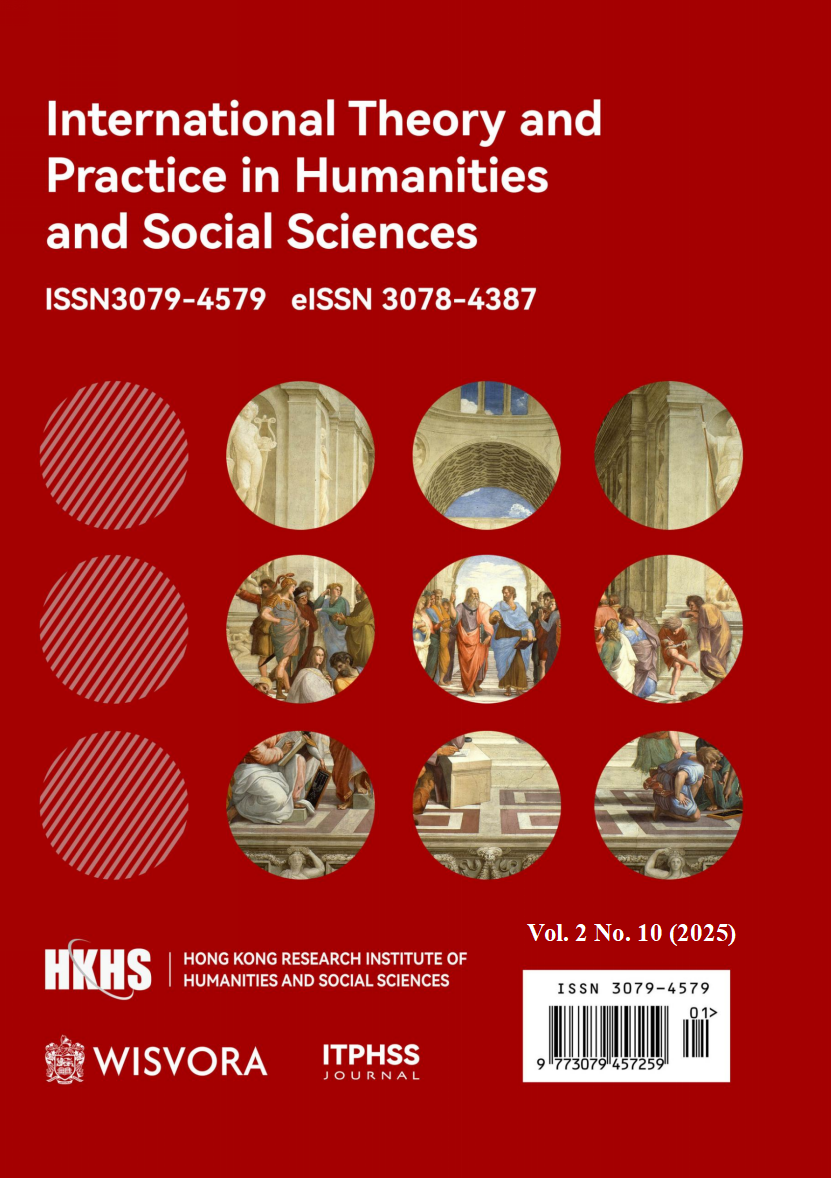Abstract
This study took undergraduate students majoring in calligraphy from five universities in China as research subjects and systematically explored the mechanism by which learning stress influences academic satisfaction, with a particular focus on the mediating role of learning engagement in this relationship. Drawing on stress theory, learning engagement theory, and self-efficacy theory, the study constructed a structural equation model of “learning stress–learning engagement–academic satisfaction.” Through statistical analysis and model testing of questionnaire data, the results revealed that learning stress significantly and negatively predicted academic satisfaction, while learning engagement played a partial mediating role. This research not only uncovers the internal psychological mechanisms of calligraphy undergraduates’ academic experiences but also provides empirical evidence and practical implications for promoting mental health and advancing pedagogical reform in art education.
References
Duffy, R. D., & Sedlacek, W. E. (2007). The work values of first-year university students: Exploring group differences. The Career Development Quarterly, 55(4), 359–364.
Duffy, R. D., Allan, B. A., & Bott, E. M. (2011). Calling and life satisfaction among undergraduate students: Investigating mediators and moderators. Journal of Happiness Studies, 13(3), 469–479.
Fredricks, J. A., Blumenfeld, P. C., & Paris, A. H. (2004). School engagement: Potential of the concept, state of the evidence. Review of Educational Research, 74(1), 59–109.
Kim, K. J. (2011). The factors affecting online learning satisfaction among economically disadvantaged students. Computers & Education, 57(4), 2415–2425.
Lazarus, R. S., & Folkman, S. (1984). Stress, appraisal, and coping. Springer.
Misra, R., & McKean, M. (2000). College students’ academic stress and its relation to their anxiety, time management, and leisure satisfaction. American Journal of Health Studies, 16(1), 41–51.
Nauta, M. M. (2007). Assessing college students’ satisfaction with their academic majors. Journal of Career Assessment, 15(4), 446–462.
Schaufeli, W. B., Salanova, M., González-Romá, V., & Bakker, A. B. (2002). The measurement of engagement and burnout: A two sample confirmatory factor analytic approach. Journal of Happiness Studies, 3(1), 71–92.
Shin, N., & Jung, J. (2014). The relationships among behavioral intention, learning satisfaction, and academic achievement in mobile learning. Educational Technology Research and Development, 62(4), 611–630.
Wang, D. (2019). Research on learning stress and coping strategies among art students. Chinese Journal of Art Education Research, 5(2), 22–30.
Zhu, L. (2022). The development and challenges of calligraphy education in Chinese universities. Journal of Fine Arts Education, 14(3), 45–52.

This work is licensed under a Creative Commons Attribution 4.0 International License.
Copyright (c) 2025 Siyuan Yao (Co-Authors); Heung Kou (Author)

